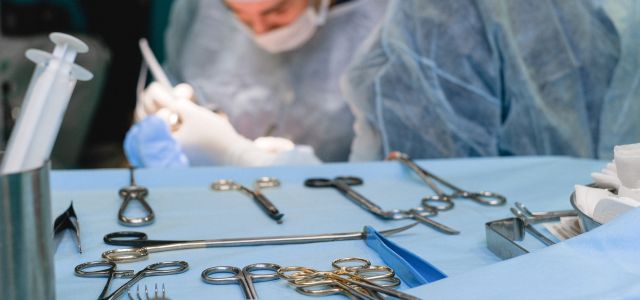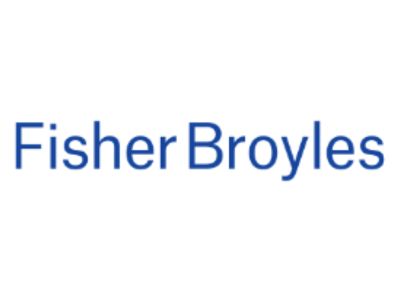In a decision that will resonate as a stark warning to patent litigants, the US Court of Appeals for the Federal Circuit handed Rex Medical a textbook Pyrrhic victory against Intuitive Surgical. The Court affirmed the jury’s finding that Intuitive had infringed Rex Medical’s patent for a surgical stapling device but simultaneously upheld the district court’s decision to slash the jury’s USD 10 million damages award to a nominal USD 1.
This outcome transforms a hard-fought courtroom win into a cautionary tale. It powerfully illustrates that winning on the technical merits of a patent infringement claim is only half the battle; without a legally sound and factually supported damages model, a multi-million-dollar verdict can evaporate into pocket change. The case hinges on a catastrophic failure in financial evidence, which ultimately rendered an otherwise successful infringement suit worthless.
The flaw in the financials: why the damages award evaporated
The core reason for the reversal of the multi-million-dollar award was the pre-trial exclusion of Rex Medical’s damages expert, whose methodology was found to be fundamentally flawed. The expert, Douglas Kidder, based his damages calculation on a supposedly comparable license—a USD 10 million settlement agreement between Rex and Covidien. However, that license covered an entire portfolio, including the ’650 patent at trial, another key US patent, and dozens of other US and foreign patents and applications.
The expert’s methodology collapsed under scrutiny. First and foremost, he failed to apportion the value of the single ’650 patent from the collective value of the entire portfolio licensed to Covidien. The Court noted that his analysis was rife with other deficiencies: he offered no analysis of the licensed foreign patents, failed to consider whether they covered Covidien’s products, and relied on “general observations about other unrelated patent portfolios.”
The most damning fact, however, was that Rex Medical’s reliance on the Covidien license was fatally misplaced. As the court record revealed, Rex had dropped the ’650 patent from its suit against Covidien before settlement negotiations began, “leaving only the ’892 patent at issue.” This crucial detail reframed the expert’s error from a simple failure of apportionment to an inexplicable attempt to assign value based on a settlement where the patent-in-suit was not even a factor. The Court found this unacceptable, deeming the expert’s opinion “unreliable and untethered to the facts of this case.” Without this testimony or any other sufficient evidence, the jury’s USD 10 million award was based on “mere speculation or guess,” compelling the Court to reduce it to USD 1.
Upholding the patent: Intuitive’s unsuccessful cross-appeal
In a turn that highlights the case’s central irony, Intuitive Surgical’s own cross-appeal on the patent’s merits was entirely unsuccessful. The Federal Circuit affirmed the original findings that Intuitive’s surgical stapling products infringed the ’650 patent and that the patent claim was not invalid. Specifically, the Court rejected Intuitive’s attempt to advance a narrow construction of the claim term “lower portion,” a key technical argument in its bid to escape infringement.
This dual outcome is what makes the ruling so instructive. Rex Medical successfully defended its patent against specific, technical challenges to its claim construction, demonstrating a mastery of the patent’s substance that was completely absent from its financial arguments. It won on every substantive patent-related question, yet this comprehensive legal victory yielded no meaningful recovery due to the separate, but equally critical, failure to prove damages with sufficient rigor.
The litigator’s takeaway: the primacy of a defensible damages model
Ultimately, the Rex Medical v. Intuitive Surgical decision serves as a powerful reminder that an otherwise airtight infringement claim is worthless if the damages model cannot survive rigorous scrutiny. This ruling underscores that courts will act as strict “gatekeepers” to ensure the financial evidence presented to a jury is not only relevant but also fundamentally reliable. For patent holders, the lesson is clear: failing to present a well-supported, properly apportioned damages theory grounded in the specific facts of the case can nullify an otherwise landmark victory in an instant.

Written by James Lin
Partner, FisherBroyles, LLP
You may also like…
Pravin Anand conferred with the APAA Enduring Impact Award
Pre-eminent IP Lawyer and Managing Partner of Anand and Anand, Mr Pravin Anand, has been conferred with the...
The quiet power of confidentiality clubs in SEP litigation
In standard essential patent (SEP) disputes, especially those involving FRAND (Fair, Reasonable, and...
Chevron’s ghost and the return of deference
Chevron U.S.A. Inc. v. Natural Resources Defense Council, 467 US 837 (1984) instructed courts to defer to an agency’s...
Contact us to write for out Newsletter














